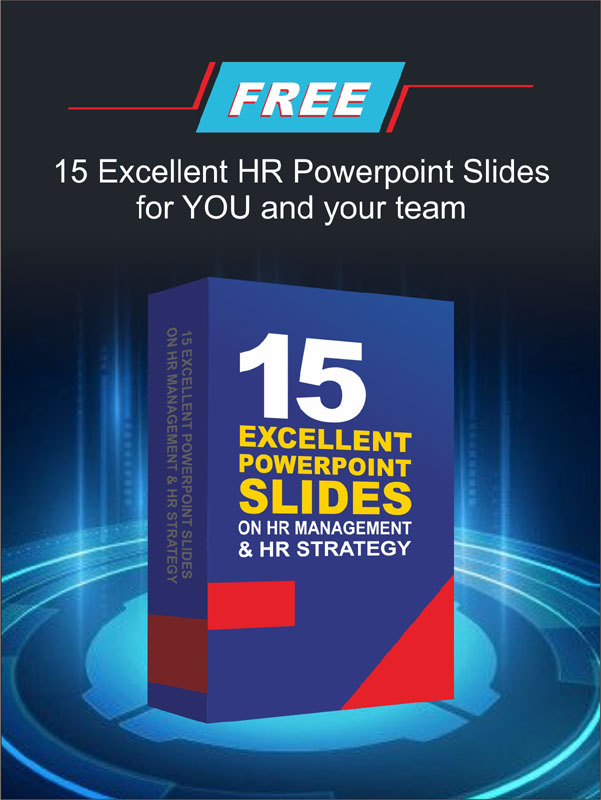Navigating the complexities of mergers and acquisitions can be daunting. One crucial aspect often overlooked is HR due diligence. This process ensures that the human capital of the target company aligns with your business goals.
HR due diligence involves a thorough evaluation of the target company’s workforce, policies, and practices.
It helps identify potential risks and opportunities, ensuring a smooth transition post-acquisition. By conducting comprehensive HR due diligence, companies can uncover hidden liabilities, understand the true value of the target company, and make informed decisions.
This article will explore what HR due diligence is, its benefits, and provide a comprehensive checklist to guide you through the process. Let’s dive in and discover how HR due diligence can impact your business positively and help you achieve a successful acquisition.
Before We Begin, What is Due Diligence?
Due diligence is a comprehensive appraisal of a business undertaken by a prospective buyer. It involves evaluating various aspects of the target company, including its financials, operations, and human resources.
In the context of HR, due diligence assesses the company’s workforce, policies, and practices to identify potential risks and opportunities.
Due diligence impacts businesses significantly. It helps in understanding the true value of the target company, uncovering hidden liabilities, and ensuring a smooth transition post-acquisition.
By conducting thorough HR due diligence, companies can make informed decisions and avoid costly mistakes.
5 Benefits of Due Diligence That Actually Important
After knowing the definition of due diligence, next we will discuss how this action can have a positive influence on the progress of a business or organization.
1. Risk Mitigation
Firstly, due diligence helps corporate to identifying potential issues. Early identification of HR-related issues, such as compliance gaps, employee grievances, or cultural mismatches, helps in addressing them proactively. This reduces the risk of post-acquisition surprises.
2. Informed Decision-Making
Not only that, but due diligence also gives comprehensive workforce analysis. Certainly, it provides a detailed understanding of the target company’s workforce, including skills, experience, and performance levels. This information is crucial for making strategic decisions about talent retention and integration.
3. Smooth Transition
Delve even deeper, we’ll eventually understand that due diligence impacted cultural integration. Yes, understanding the existing company culture and identifying potential cultural clashes allows for better planning and smoother integration of employees. This helps in maintaining morale and productivity.
4. Employee Retention and Strategic Alignment
By addressing employee concerns and ensuring transparent communication, companies can retain key talent and reduce turnover during the transition period.
Even more, it will also aligning HR practices. Reviewing and aligning HR policies and practices ensures that the target company’s HR framework is compatible with the acquiring company’s standards. This alignment supports a unified organizational approach post-acquisition.
Read more : Retention Strategies, Keeping the Right Talent in a Company
5. Operational Efficiency
Lastly is streamlining processes. Identifying inefficiencies in the target company’s HR processes allows for improvements and streamlining, leading to better operational efficiency.
Well, it also give good value on resource optimization. Understanding the distribution of human resources helps in optimizing workforce allocation and ensuring that the right people are in the right roles.
Related posts: Reason Why HR Audit Is Important and How to Get Started
Due Diligence Checklist, What Should You Know?
Good, now we understand the benefit of due diligence. But actually that was just the beginning. Here’s a simple checklist to know important points you need to fullfill when implementing due diligence itself:
1. Employee Demographics: Gather data on employee demographics, including titles, positions, salaries, and ages. This information helps in understanding the workforce composition.
2. HR Policies and Procedures: Review the target company’s HR policies, including employee handbooks, performance reviews, and onboarding processes. Ensure they align with your company’s standards.
3. Compensation and Benefits: Evaluate employee compensation plans and benefits packages. Identify any discrepancies or areas for improvement.
4. Compliance and Legal Issues: Check for compliance with labor laws and regulations. Identify any ongoing legal issues or potential liabilities.
5. Key Employees: Identify key employees, including directors, officers, and management. Assess their roles and potential impact on the acquisition.
Watch Out, Avoid These Mistake When Implementing Due Diligence!
Looks easy? You should not underestimate the due diligence process. Because if you’re not careful or preparedyou can get stuck in quite a troublesome problem. Here are some mistakes to avoid when implementing due diligence
- Lack of Clear Objectives: Entering the due diligence process without clear goals can lead to incomplete or irrelevant assessments. Define what you aim to achieve and the specific areas you need to evaluate.
- Overlooking Cultural Fit: Failing to assess the cultural compatibility between the two companies can result in integration challenges. Understand the target company’s culture and plan for potential integration issues.
- Relying on Outdated Data: Use the most current data available. Outdated information can mislead your assessments and decisions.
That’s it everything we can tell you about due diligence its definition, checklist, and benefits. If you are looking for materials related to hr management you can find it on our website hr management slides , go check the latest updated useful material for your business development.
Click the image to download for free.




